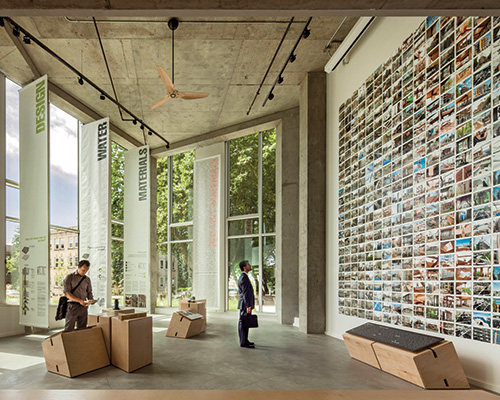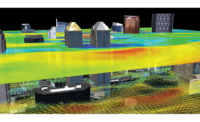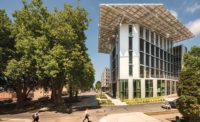
The 52,000-sq-ft Bullitt Center, considered the greenest building in the world, is a tangible representation of the way Denis Hayes, Bullitt Foundation’s president and CEO since 1992, has altered the course of the environmental group. Instead of only supporting wilderness conservation in the Pacific Northwest, the nonprofit Bullitt is focused more on improving the urban landscape.
“When I arrived, the foundation focused almost exclusively on the natural environment and expected to go out of business in 10 years,” says Hayes. “I helped guide it to human-focused issues.”
The group’s current priorities include promoting healthy, super-green buildings and the regulatory framework that makes them possible; promoting urban mass transit; and encouraging solar and clean renewable energy sources.
“Denis has, with the Bullitt Foundation, led in new and innovative ways,” says Frank Greer, a founding partner of communications consultant GMMB and a member of Bullitt’s board.
The Seattle-based group, which has a $100-million endowment and a $5.2-million operating budget, funds projects in four main program areas: ecosystem services; energy, industry and technology; urban ecology; and leadership and civic engagement.
Bullitt gives out 100 to 120 grants per year, averaging $50,000 each. Grantees are in Washington, Oregon, Idaho, Western Montana, Southwest Alaska and British Columbia.
The International Living Future Institute, which administers the rigorous Living Building Challenge green-building program, has been a grantee and is a Bullitt tenant. LBC recently certified Bullitt Center as a Living Building.
Other grantees are the Alaska Center for the Environment, Audubon Washington, Bonneville Environmental Foundation, the Montana Environmental Information Center, Washington Green Schools and the Alaska Farmland Trust.
Over the years, the foundation supported renewable energy standards for electric utilities and the nation’s first urban growth boundary, in Portland, Ore.
The high-profile Bullitt Center, developed as a global model to push the needle forward on sustainable buildings, is the group’s first demonstration project. “We generally have not sought the limelight, except on Bullitt Center, where it was unavoidable,” Hayes says.





Post a comment to this article
Report Abusive Comment